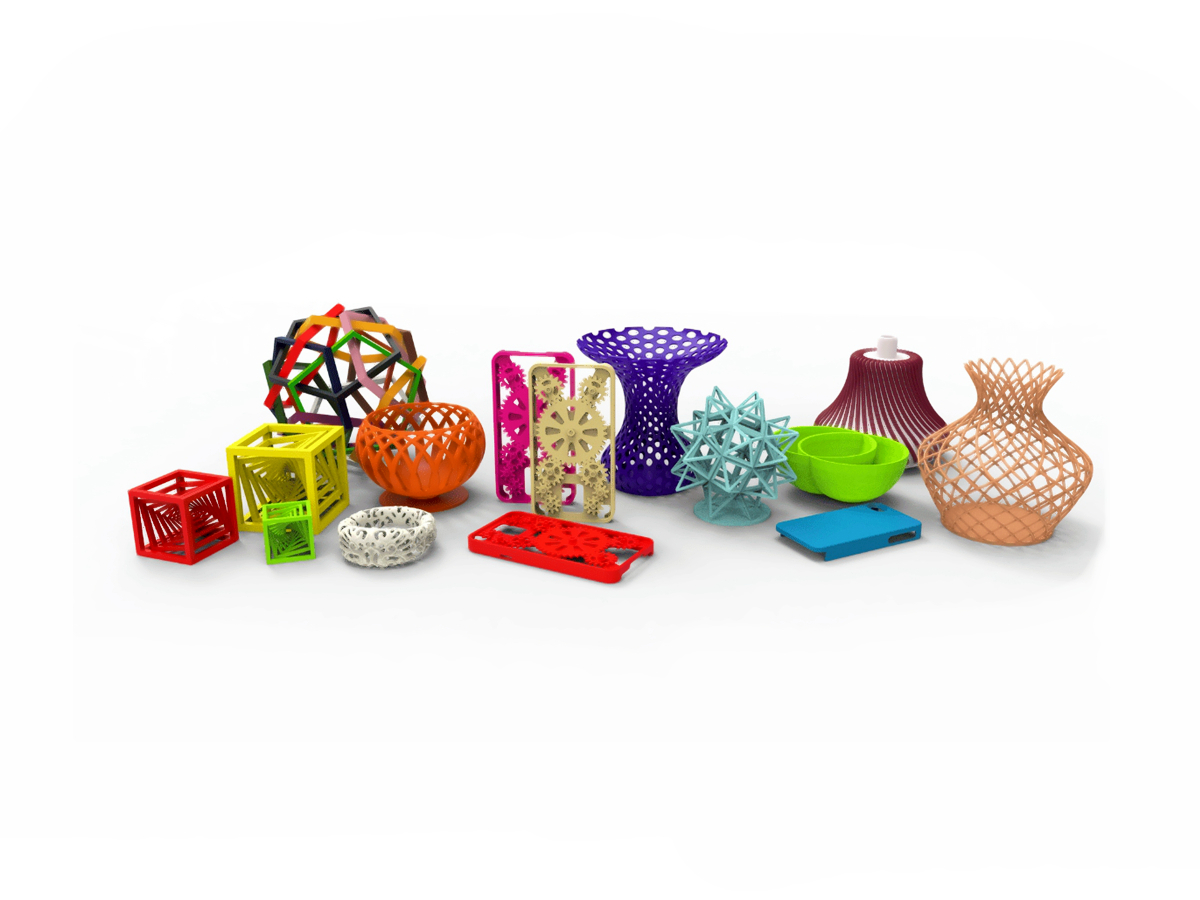Empowering Education Through Plastic 3D Printed Learning Aids Supporting Classrooms
Introduction
Plastic 3D printing is revolutionizing education by enabling the creation of customized, durable learning aids that engage students and support dynamic teaching methods. By using advanced plastic 3D printing technologies like Fused Deposition Modeling (FDM), Stereolithography (SLA), and Multi Jet Fusion (MJF), resilient plastic materials like PLA, PETG, and Nylon (PA) make it possible to deliver customized models, interactive teaching tools, and educational prototypes across all disciplines.
Compared to traditional educational materials, plastic 3D printing for learning aids offers rapid customization, hands-on interactivity, cost efficiency, and the ability to illustrate complex concepts through tangible models.
Applicable Material Matrix
Material | Durability | Flexibility | Surface Finish | Thermal Resistance (°C) | Educational Aid Suitability |
|---|---|---|---|---|---|
Moderate | Low | Good | ~60 | Prototyping, visual models | |
High | Moderate | Very Good | ~70–80 | Durable classroom aids | |
Very High | High | Good | ~120 | Flexible mechanical models | |
High | Moderate | Good | ~95 | Functional learning tools | |
Moderate | Very High | Excellent | ~50–60 | Soft touch educational models |
Material Selection Guide
PLA: Cost-effective and easy to print, PLA is ideal for visual aids, geometric models, and prototypes for concept exploration in STEM and art education.
PETG: Combining durability and slight flexibility, PETG is suited for classroom models that require frequent handling, such as biological structures and topographic maps.
Nylon (PA): Highly durable and flexible, Nylon is perfect for mechanical assemblies, moving educational models, and interactive components like gears and linkages.
ABS: Strong and slightly flexible, ABS works well for producing functional learning aids such as modular educational kits and engineering prototypes.
Flexible Resin: Best for creating soft, safe learning aids for younger students or tactile models for visually impaired learners.
Process Performance Matrix
Attribute | Plastic 3D Printing Performance |
|---|---|
Dimensional Accuracy | ±0.1 mm |
Surface Roughness (As-Printed) | Ra 5–15 μm |
Layer Thickness | 50–200 μm |
Minimum Wall Thickness | 0.8–1.5 mm |
Feature Size Resolution | 300–600 μm |
Process Selection Guide
Custom Educational Models: 3D printing enables educators to create custom curriculum-specific teaching aids, including maps, molecules, anatomical structures, and historical artifacts.
Hands-On Learning Tools: Durable printed models allow students to interact with complex subjects, improving comprehension and retention physically.
Cost-Efficient Prototyping: Schools can rapidly develop and iterate new educational tools without the high costs of traditional manufacturing.
Adaptability for Special Education: Custom-designed tactile models and adaptable learning aids can be created for students with specific learning needs.
Case In-Depth Analysis: PETG 3D Printed Cell Structure Models for Biology Classes
A secondary school science department needed durable, visually appealing models to teach cellular biology. Using our plastic 3D printing service with PETG, we produced detailed 3D models of plant and animal cells with labeled organelles. The models achieved dimensional accuracy of ±0.1 mm and excellent durability, allowing students to physically explore cell structures during lessons. Post-processing included coloring and labeling key parts to align with curriculum standards, enhancing engagement and understanding in the classroom.
Industry Applications
Education and Research
STEM learning models (biology, physics, chemistry).
Engineering prototypes and mechanical assemblies for educational labs.
Architectural and design study models for schools and universities.
Special Education
Tactile learning aids for visually impaired students.
Adaptive and interactive teaching tools tailored to specific learning needs.
Museums and Public Exhibitions
Interactive exhibits and educational demonstration models.
Replica models of artifacts and historical objects.
Mainstream 3D Printing Technology Types for Educational Aids
Fused Deposition Modeling (FDM): Best for fast, cost-effective creation of functional, durable educational models.
Stereolithography (SLA): Ideal for high-detail, smooth-finish models such as anatomical figures and miniature prototypes.
Multi Jet Fusion (MJF): Suitable for strong, fine-featured educational parts requiring consistency across batches.
FAQs
What plastic materials are best for 3D-printed learning aids in classrooms?
How does plastic 3D printing enhance student engagement and comprehension?
What types of educational models can be produced with 3D printing?
Can 3D-printed learning aids be customized for special education needs?
How does 3D printing reduce classroom educational tool development costs and time?

